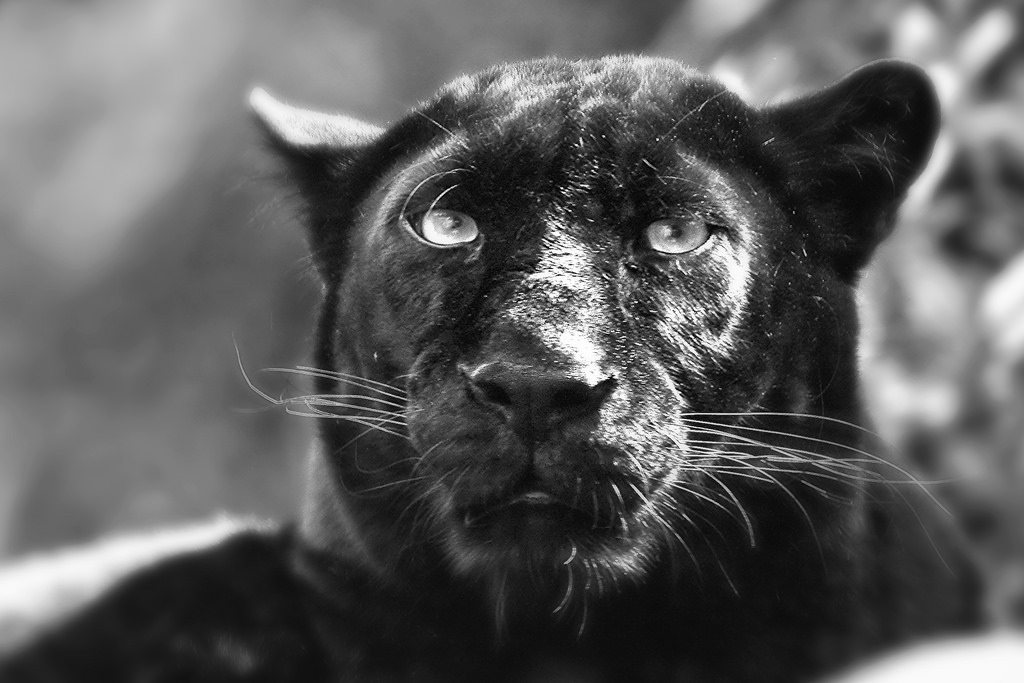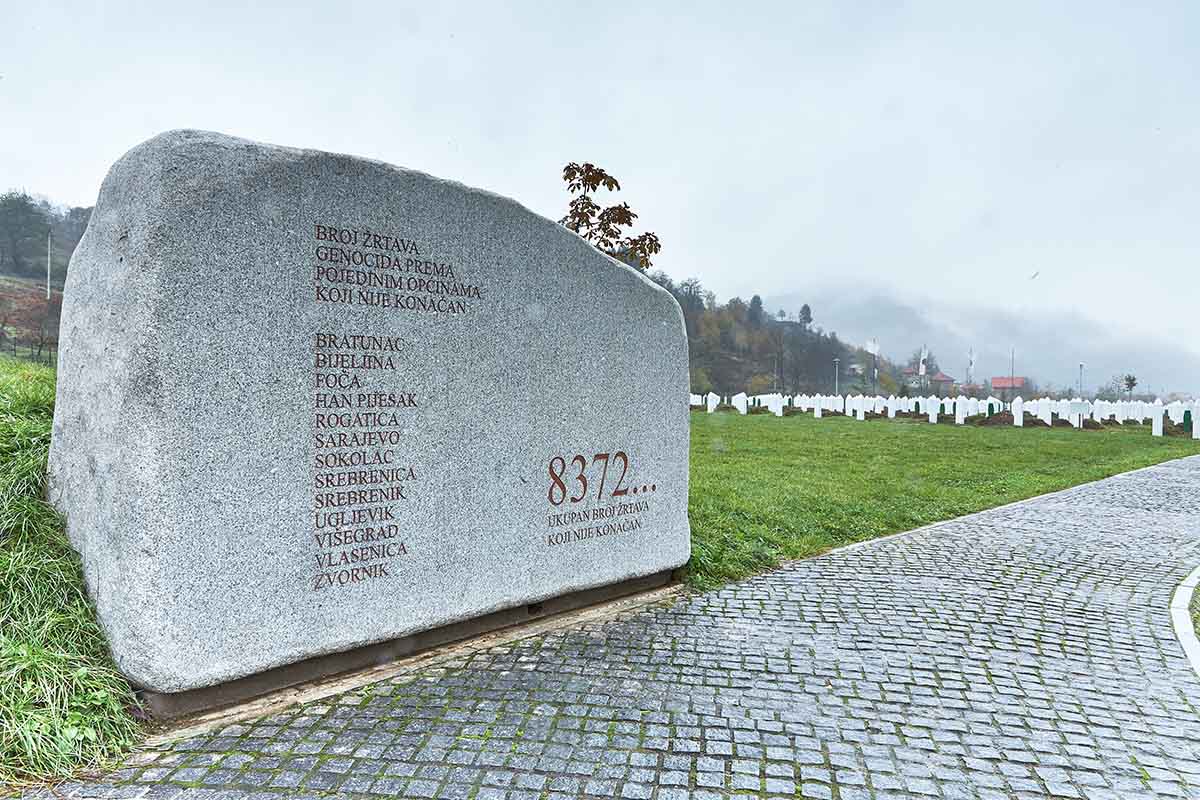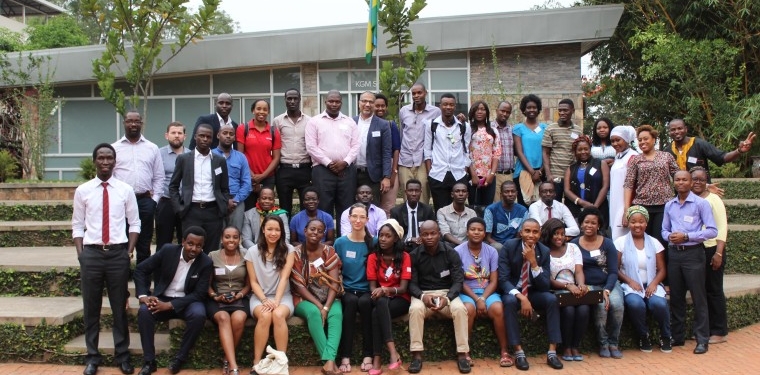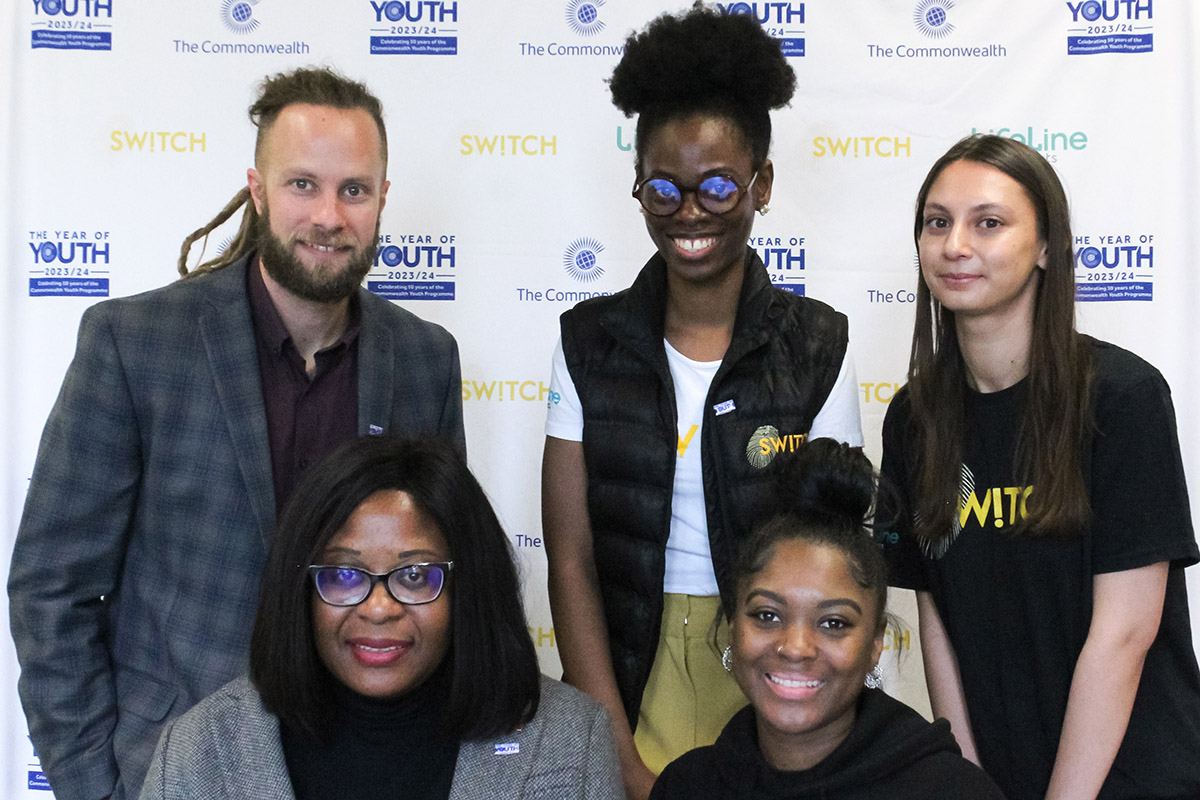“A positive take on Africa: God bless Wakanda!”
March 12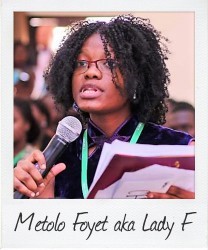 Metolo Foyet, 20, a Commonwealth Correspondent from Cameroon now living in Niger, is enthusiastic about the superhero movie Black Panther, which is earning accolades for challenging Hollywood’s usual vision of Africa and of women.
Metolo Foyet, 20, a Commonwealth Correspondent from Cameroon now living in Niger, is enthusiastic about the superhero movie Black Panther, which is earning accolades for challenging Hollywood’s usual vision of Africa and of women.
Accra, mid-February. Landing at a silverbird cinema. Free refreshments! Childlike glee! Viewers in stunning tribal dresses and an implike caressed Impi ambling around. One could sense spirits floating. It was Black Panther (BPW)’s screening – awesome!!
The first major superhero comic with an African protagonist was finally entitled to a movie, 52 years after its creation. A fascinating cultural moment and a validation of black excellence – the movie contrasts Africa’s tradition of self-preservation over global outreach and emboldens ideas to heal past and current wounds through political determinism and creative self-expression.
At a moment of acute political anxiety, it speaks to an under-served population, dispels stereotypes, and honours cultural appropriation. Its sartorial story telling weaves the past and present and entices partisan favour with deeply enriched, detailed figures. Just like football, it allows to gather and unite different worlds. Most importantly, it reveals Africa and exemplifies how the continent’s story and relevance can be told through art. Subtitles for African languages are now feasible!
BPW’s costume design team involved African designers such as Wale Oyejide and Azzedine Alaia. The liveries portrayed Africa’s essence: a world of resource for art. It excelled in bringing African history to the clothes, hair, skin and dialects (Xhosa, Igbo, Ejagham a d Hausa). The Isicholos, Otjize, Basothos blankets; Ndebele neck rings; scarification and lip disks; Mgbedikes; Ashanti symbols; Shukas and beading techniques; Turkana, Dogon and Wodaabe garments; Agbadas; shells and Tuareg scarves; and jewelry borrowed respectively from Southern (Lesotho, Namibia, South Africa, Zimbabwe, Ethiopia, Sudan, Uganda), Western (Nigeria, Ghana), Eastern (Tanzania, Kenya) and Northern (Mali, Niger, Algeria) Africa – all of these ascertain the rich diversity of African cultures.
Women run the show in Black Panther, conveying, as title role actor Chadwick Boseman stated, that we can have really strong and powerful black women who don’t have to be damsels in distress, and who can also fall in love at the same time. The younger sister of the Black Panther, Shuri, displays valiance, humour and independence that make her an intelligent role model for young black girls. The Dora Milaje plainly reminds us of the Minos of Dahomey (Benin), Gaddafi’s Haris al-Has or Yaa Asantewa and the golden stool. As Kani said, the myth of a patriarchal Africa is a lure created by those who want to exploit women. Black Panther gives back to women their roles as guardians of African cultures.
BPW also has political leverage, as illustrated by envoys in a mission to rescue girls from a Boko Haram-type situation; looting of cultural works by colonial powers; political duels during enthronements; scenes set at the UN; Killmonger’s militaristic engagement with the world on African terms, and Wakanda’s policy of isolation. African traditional governments are depicted in the movie by tribal leaders providing counsel to the king, who ultimately makes all rulings but can be swayed by the voices of the constituents, as represented by the court. The title of king appears to be hereditary, but any citizen can challenge for the right to rule by engaging in a combat ceremony. This contrasts with much of the current African politics, where leaders attempt to make sovereign power hereditary and attempt to deny others the right to challenge them through elections.
The Black Panther movie’s rituals paint what happens in African secret societies, and underlines the eminence of priests as herbalists and sole care takers of the tradition. Its shamanism scenes remind me of a similar tradition in my ethnicity, where ancestors’ skulls are lightly buried in the house to signify their unending presence and protection.
The cast is composed almost entirely of black actors from African descent: Nyong’o, Gurira, Kaluuya and Kasumba, Chiume and the Kanis and Isaach de Bankole, among others. Wakanda’s capital (the Golden city) was inspired by modern architects who have designed buildings in African countries, and its structures are taller replicas of actual buildings in the continent. So Wakanda is not so much of a utopia!
To conclude, Africa dismissed as a primitive backwater is a real view held by many people who aren’t in the know about its vast resources and its history as the cradle of civilization. Africa was the first place to do anything that we would consider to be civilized. Introducing audiences to counter-narratives about the continent gives the movie a revolutionary touch!
Thanks to movies like Wakanda that celebrate pan-Africanism, that dare beliefs that had maybe never been true nor tested, and that talk about deep issues in contemporary Africa that are not often voiced but are relentlessly felt, people will gather courage to tell bold stories thought to be unprofitable and unwanted. They will dig deep and find the courage to be heroes of their own stories. As movie co-writer and director Ryan Coogler said, the narrative about Africa that we know is fairly recent and was born out of what was left of post-colonized Africa. As Garvey believed, Africa is indeed a sleeping giant with the unrealized capacity to dominate the world.
God bless Africa! Wakanda forever!
Photo credit: pattoise just a little cat via photopin (license)
…………………………………………………………………………………………………………………
About me: I am a social entrepreneur with focus on education, agriculture and cybersecurity.
I have a track record of adding value to organisations by delivering innovative projects that engage stakeholders and expertise in public affairs, strategic communications, translation, research and development, product design, grassroots development and project management across the not-for-profit and private sectors.
I paint, write, and am an environmental, travel and sports enthusiast. I envision a career in the public service, especially the UN.
…………………………………………………………………………………………………………………
Opinions expressed in this article are those of the author and do not necessarily represent the views of the Commonwealth Youth Programme. Articles are published in a spirit of dialogue, respect and understanding. If you disagree, why not submit a response?
To learn more about becoming a Commonwealth Correspondent please visit: http://www.yourcommonwealth.org/submit-articles/
…………………………………………………………………………………………………………………
